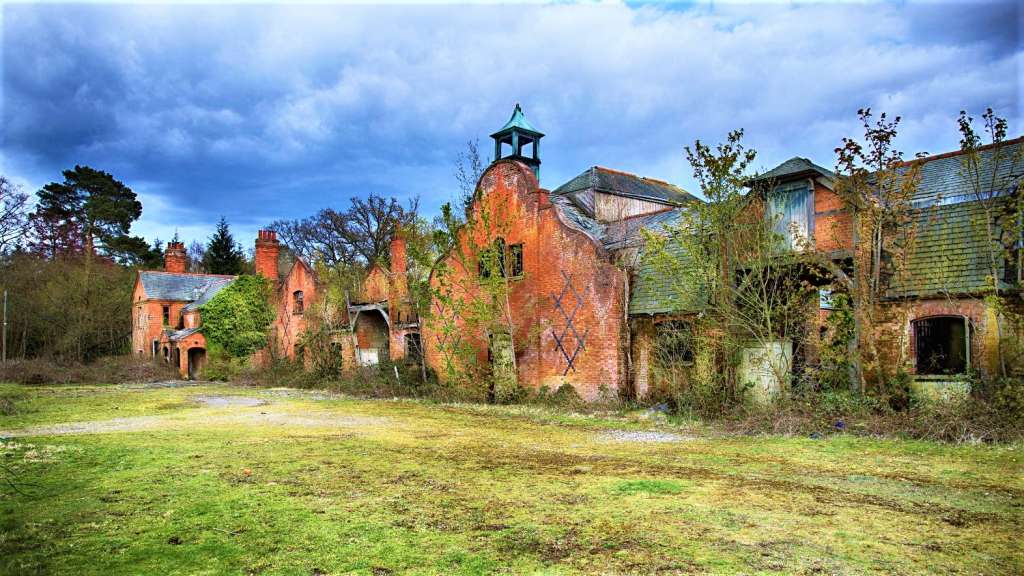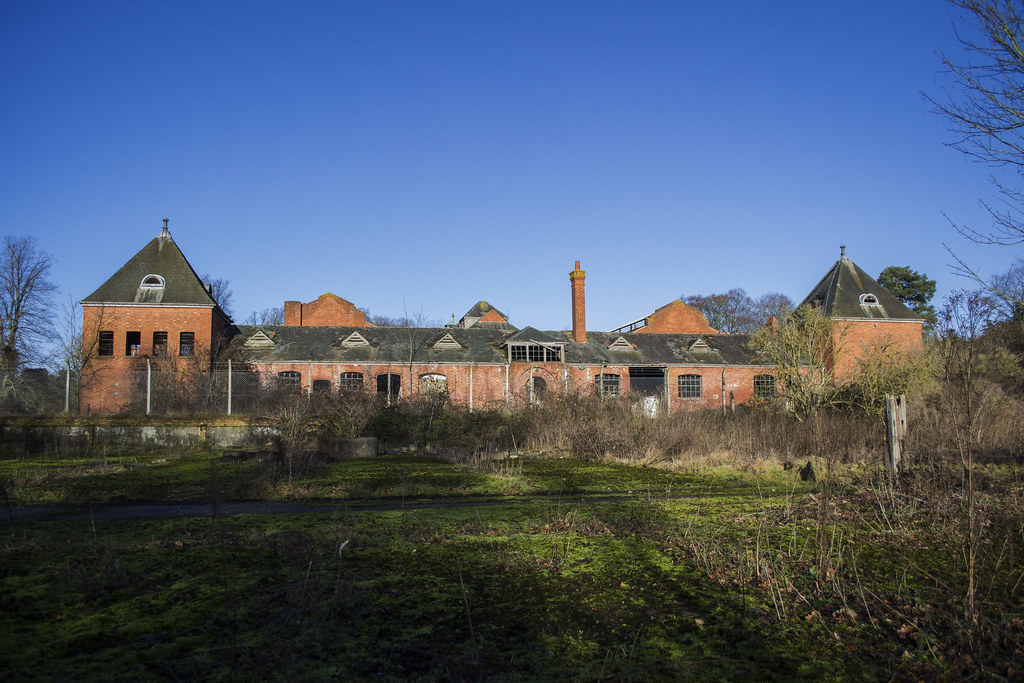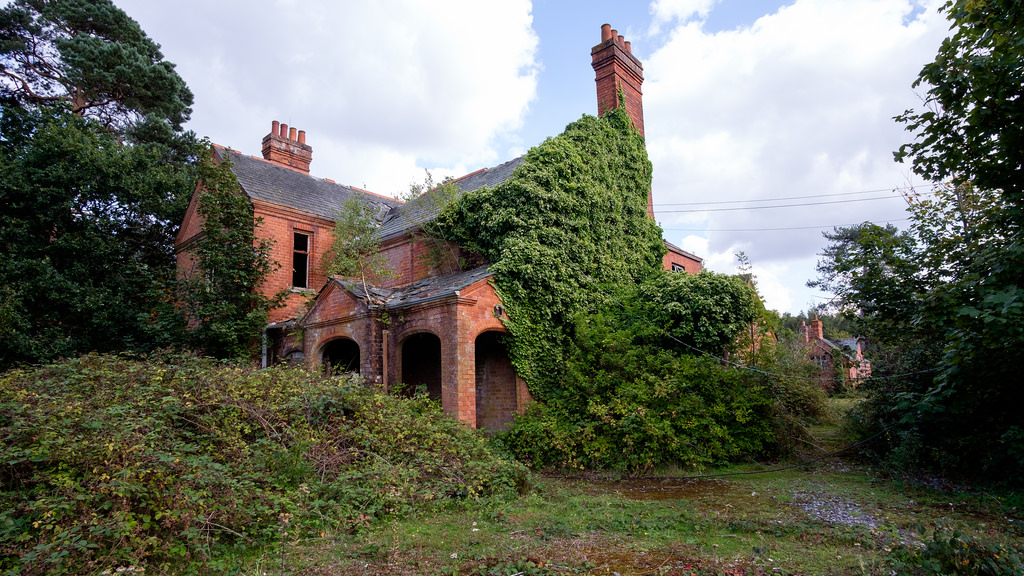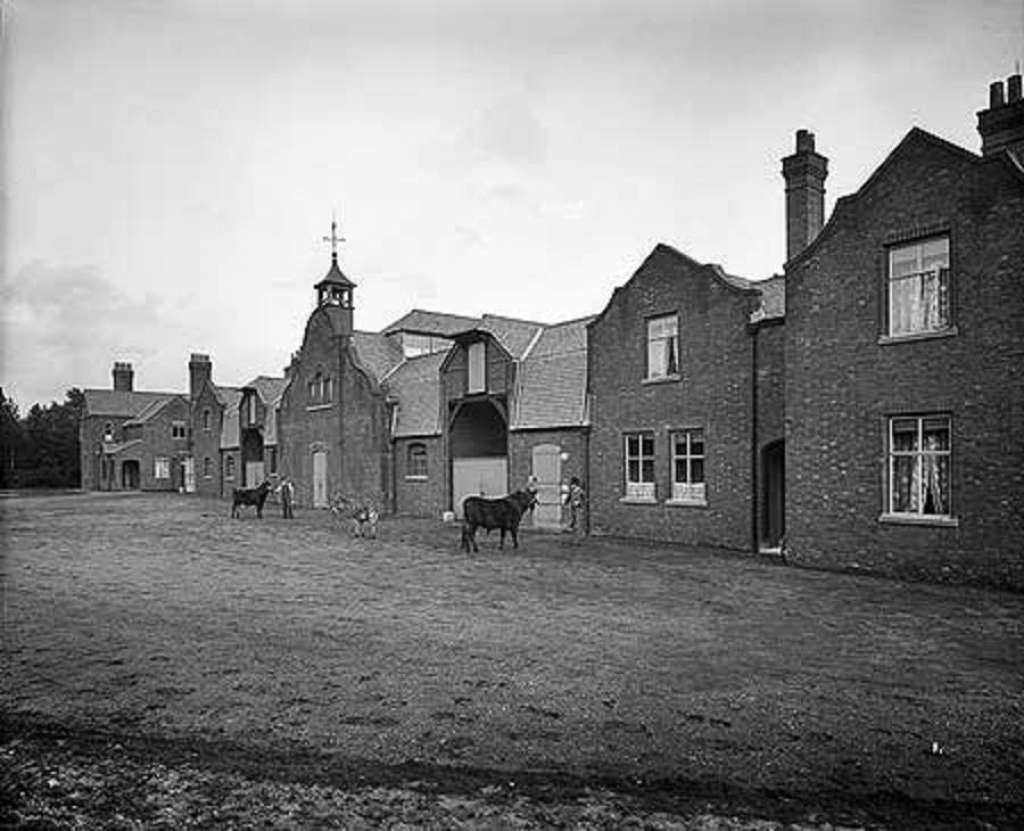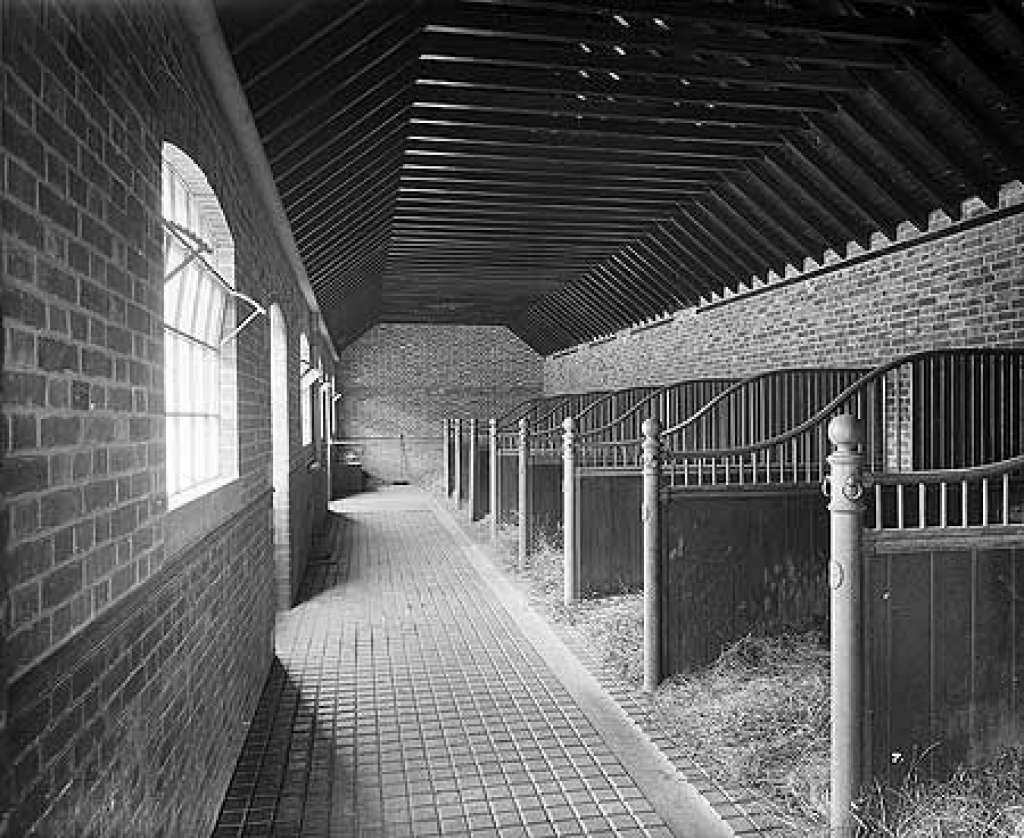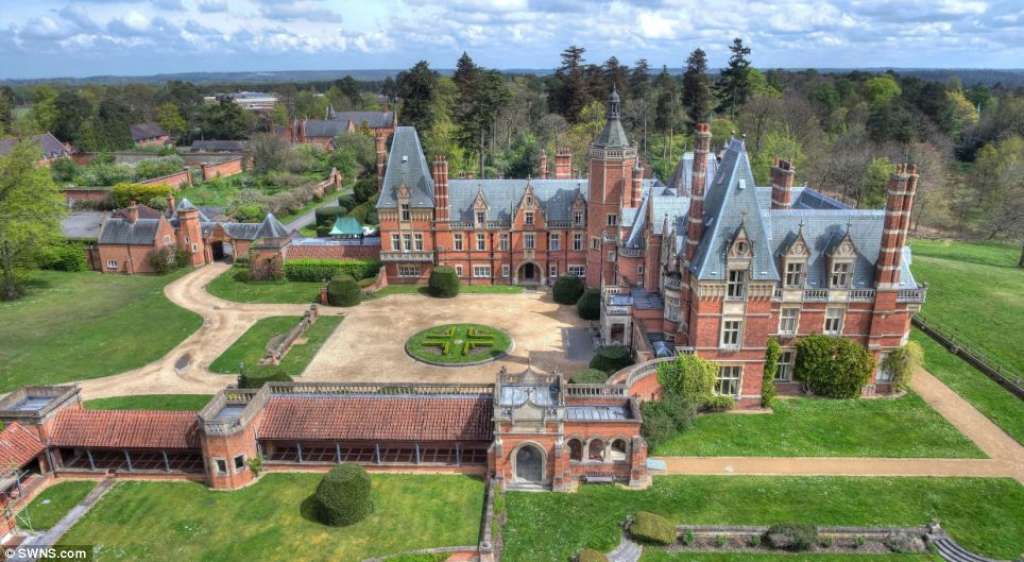PRESS RELEASE: SAVE intervention thwarts demolition of model Edwardian farm
2nd February 2021
Application to demolish unlisted farm under permitted development rights rejected by Hart District Council
Swift and decisive action by SAVE Britain’s Heritage has secured a reprieve for Home Farm, a model Edwardian Farmstead in rural Hampshire threatened with imminent demolition by owner the Ministry of Defence.
Following years of neglect, in January 2021 the MoD applied for approval to bulldoze the historic farm complex under permitted development rights in order to construct a “concrete tent” for training exercises. Following an SOS from concerned residents, SAVE took legal advice and objected strongly to Hart District Council, arguing that demolition should not be approved under Permitted Development Rights, and that a formal planning application was required.
Richard Harwood QC advised that the MoD had provided insufficient detail to show how demolition was considered permitted development, and that restoration or repair were not possible.
With news that the MoD’s application for demolition has now been refused, SAVE is mounting a listing application and seeking to engage the MoD in order to agree a positive means for restoring and reusing the historic site.
Minley Home Farm has been on SAVE's Buildings at Risk Register since 2017.
Marcus Binney, executive president of SAVE Britain’s Heritage says: “Drone footage shows the Home Farm is a sleeping beauty bordering on an idyllic stretch of parkland with public access. Though the buildings have been badly neglected, and roofs have fallen in, they are candidates for repair and reuse. The Home Farm with its Tudor style gables and distinct patterned brick (known as diaper work) was built to match other estate buildings all of which are listed. The Home Farm is a gem of the North Hampshire landscape.”
Henrietta Billings, director of SAVE Britain’s Heritage says: “We're delighted that Hart District Council has granted a last-minute reprieve for this remarkable group of Edwardian farm buildings. Huge thanks to our legal team Richard Harwood QC and Susan Ring for successfully demonstrating yet again that that historic buildings like Home Farm cannot be demolished under permitted development rights, bypassing the requirements and scrutiny of a full planning application.”
Located within the idyllic setting of the grade II listed Minley Manor Estate near Farnborough, Home Farm boasts a decorative tudoresque façade and comprises extensive covered yards, livestock and fodder storage sheds and an impressive central range. A cottage (for a stockman) sits in one corner and a free-standing farmhouse with a cart lodge attached completes the site. Despite other buildings within the park, including historic farms, being listed in recent years, Home Farm remains unlisted.
Thought to have been completed in 1896, Home Farm was until the mid-20th century an active dairy farm. The model farm was set out to designs by Arthur Castings, the chief draftsman and associate of renowned architect George Devey who had been engaged by Minley’s then owner Raikes Currie to design several other buildings on the Minley Manor Estate.
The Curries of Glyn Mills were a leading banking family, and the Home Farm is one of a group of ambitious Home Farms inspired by the example built by Prince Albert at Windsor Castle. These include those built by the Rothschilds at Waddesdon Manor and Aston Wold.
Despite being in active use until the 1990s and under the continuous ownership of the MoD since 1935, Home Farm has sadly been abandoned and now stands derelict in need of restoration and reuse.
The model farm reflects the change from arable to cattle and stock during the great agricultural depression of the late 19th century. It was built around two covered stock yards as a dairy farm with feed processing rooms and pigsties for pigs which were fed on the bye products of cheese making. There are bull boxes, calf and cow houses and 20 loose boxes.
ENDS
Note to editors
1. For more information and images contact Ben Oakley, Conservation Officer at SAVE Britain's Heritage: ben.oakley@savebritainsheritage.org/ 07388 181 181.
2. SAVE was the first organisation to launch a Buildings at Risk Register in 1998, highlighting the many listed and unlisted buildings around the country in need of new owners and new uses. Our online register, accessible to Friends of SAVE, has now grown to over 1,400 entries since it was launched.
3. SAVE Britain’s Heritage has been campaigning for historic buildings since its formation in 1975 by a group of architectural historians, writers, journalists and planners. It is a strong, independent voice in conservation, free to respond rapidly to emergencies and to speak out loud for the historic built environment.

